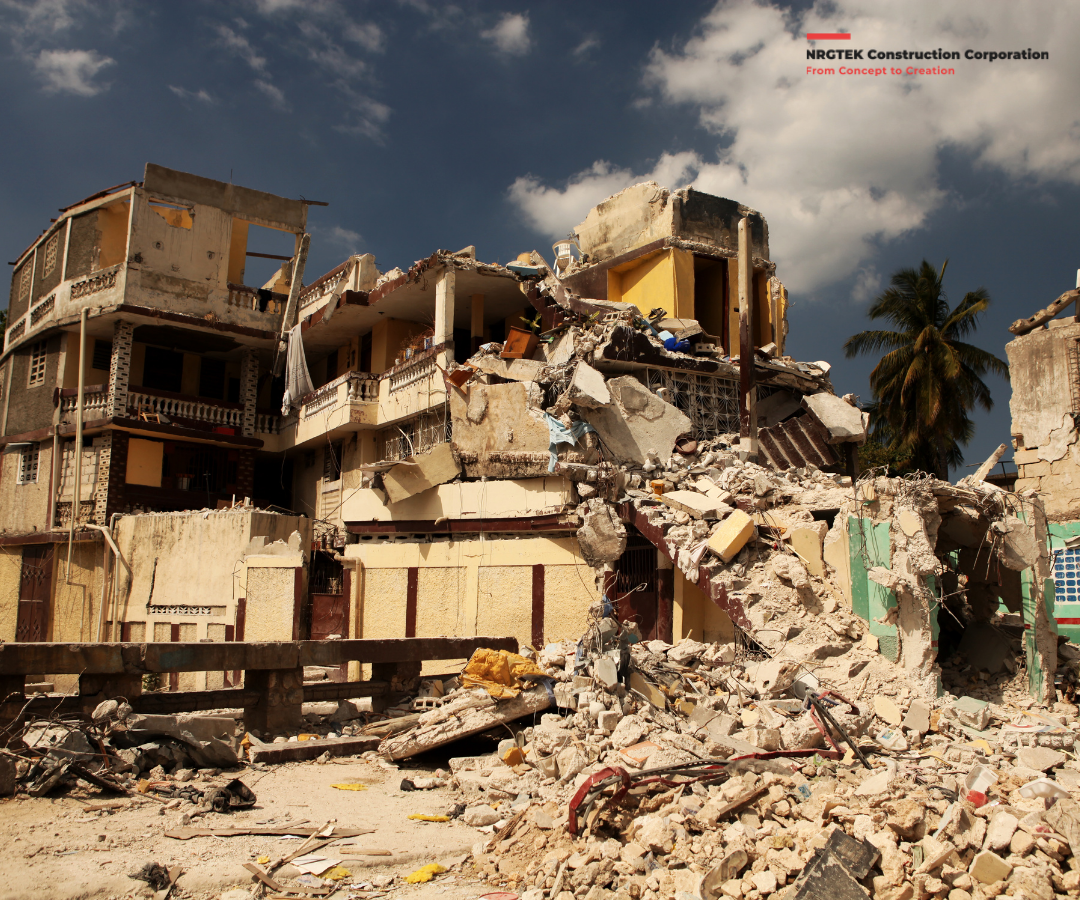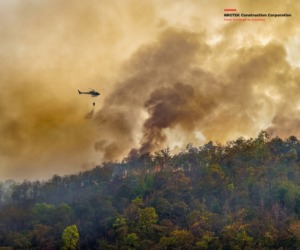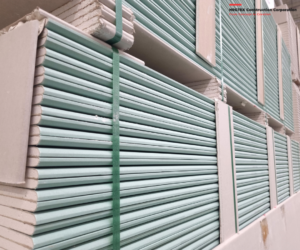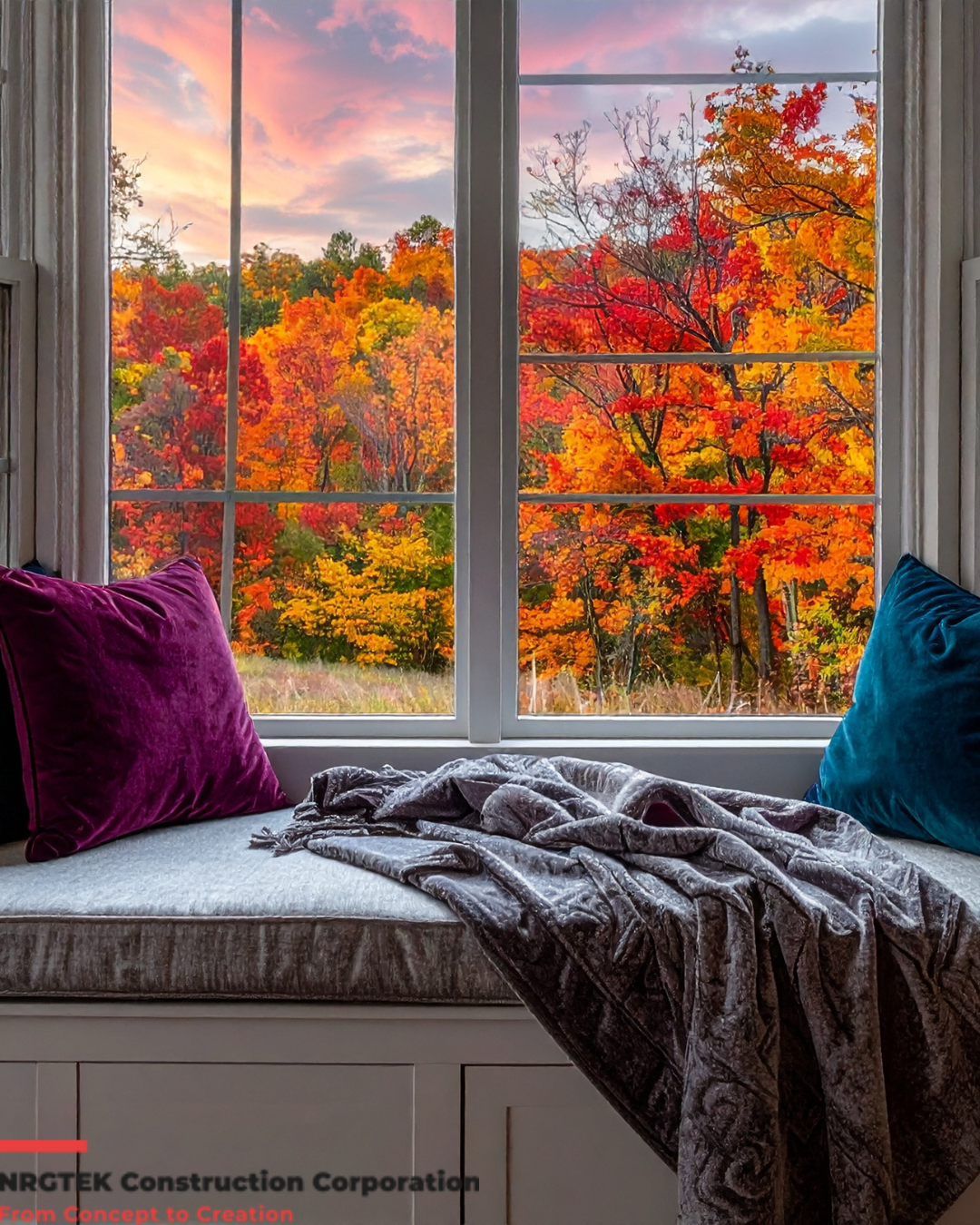
As residents of British Columbia (BC), natural calamities are nothing new to us. Because of the region’s distinct topography and climate, inhabitants are vulnerable to natural disasters like earthquakes, wildfires, floods, and severe snowstorms. Building homes that can resist the forces of nature is more crucial than ever as our towns expand and more people move to the province. This blog will discuss how building techniques might lessen the impact of these calamities and how our business creates homes that are more suited to withstand the difficulties presented by British Columbia’s unpredictable climate.
Earthquakes: Building on Solid Ground
BC is vulnerable to large earthquakes since it is situated along the Cascadia Subduction Zone, an active fault line. The devastating potential of seismic catastrophes is exemplified by the 2011 Tohoku disaster in Japan and the 2001 Nisqually, Washington, earthquake. However, the manner we build can have a significant impact on earthquake preparation.
Seismic-Resilient Foundations
The most important component of a home’s earthquake-resistant design is its foundation. Using reinforced concrete foundations, which are made especially to bend and absorb seismic energy, is our top priority. The house won’t move during an earthquake if the foundation is deep enough to reach firm bedrock. Seismic isolation pads can also lessen shaking, which lowers the possibility of structural damage.
Building Materials That Flex and Bend
When it comes to earthquake resistance, materials are essential. We utilize flexible and long-lasting materials like steel frame, cross-laminated timber (CLT), and reinforced concrete in place of stiff, brittle ones that could crack and shatter under strain. These materials permit some movement without jeopardizing the home’s structural soundness. CLT is a very novel material that has become popular in seismically active regions due to its resistance to lateral and vertical pressures.
Retrofitting Older Homes
In British Columbia, a large number of homes were constructed prior to the implementation of contemporary earthquake rules. Retrofitting these houses can result in notable increases in their seismic resilience. In order to make older homes more seismically resilient, our team specializes in using steel braces, shear walls, and other materials to reinforce walls, foundations, and roofs.
Wildfires: Fire-Resistant Design

Wildfires are becoming a more frequent worry in British Columbia due to rising temperatures and protracted dry spells, particularly in rural and mountainous areas. Wind and dry vegetation can accelerate the spread of wildfires. Thankfully, homes may be built to withstand fire and lessen the damage that wildfires do if the proper construction techniques are applied.
Fire-Resistant Roofing and Siding
Fire-resistant roofing materials like metal, tile, and concrete are essential in high-risk areas. These materials are much less likely to ignite compared to traditional wood shingles. Additionally, fire-resistant siding materials like fiber cement or stucco offer another layer of protection against external flames. By choosing materials that are less susceptible to catching fire, we can reduce the risk of homes becoming fuel for wildfires.
Creating Defensible Space
Creating defensible space around the property is another goal we have when developing residences. This entails adopting fire-resistant landscaping, keeping a buffer zone clean of dry brush, and removing vegetation that is close to the house. We can limit or even stop wildfires from spreading to the building itself by minimizing the amount of flammable material close to the house.
Fire-Smart Landscaping
A natural barrier against wildfires can be produced by implementing fire-smart landscaping techniques, such as the use of non-flammable plants, gravel pathways, and sprinkler systems. These easy yet powerful steps can have a big impact on preventing approaching fires in a house.
Floods: Designing for Water Management
Another concern that many parts of British Columbia face is flooding, especially during the rainy seasons or following periods of high snowfall. Particularly at risk are low-lying regions, as well as those close to rivers and coasts. However, dwellings can be constructed to withstand extra water with proper planning and construction
Elevating Homes
Raising homes above anticipated flood levels is one of the best strategies to stop flood damage. Stilts, pilings, or raised foundations let water run beneath the house without destroying it. This strategy is frequently employed in towns along rivers and the seaside.
Water-Resistant Building Materials

For external surfaces, we use water-resistant materials including treated wood, concrete, and water-resistant sealants. Furthermore, moisture barriers under floors and foundations aid in keeping water from leaking into living areas. Sump pumps and drain systems are two examples of basement waterproofing measures that guarantee any water that does collect around the house is promptly routed away.
Flood-Resilient Landscaping
Flooding can also be lessened with the use of appropriate landscaping techniques. Using permeable paving for roads and walkways, creating rain gardens, and designing drainage systems that divert water away from the house are all ways to manage excess water. By employing these techniques, we guarantee that the surrounding terrain reduces water accumulation close to the home’s foundation and promotes flood avoidance.
Building Homes for the Future
Resilience in building must be given top priority since climate change is still affecting the frequency and severity of natural disasters. Building long-lasting homes that provide safety, security, and peace of mind in the face of BC’s harsh natural environment is our company’s mission.
We continuously improve our procedures to take new hazards into consideration, staying ahead of industry norms. Our mission is to give families houses that not only withstand the elements but also safeguard their loved ones and secure their investment, whether that is achieved through seismic retrofitting, fire-resistant materials, or cutting-edge flood protection techniques.
We can make sure that homes in British Columbia are safer and more resilient against the natural calamities that come with living in this stunning but unpredictable region by embracing innovative building ideas and using the proper construction practices.










